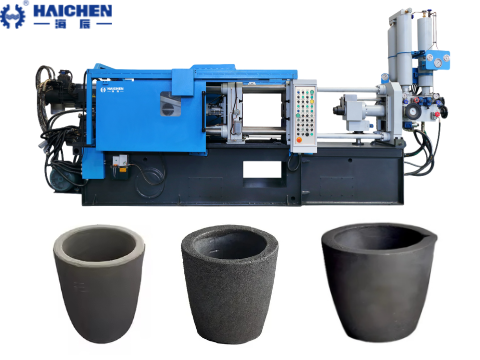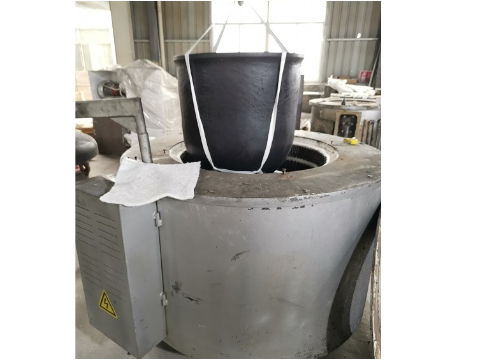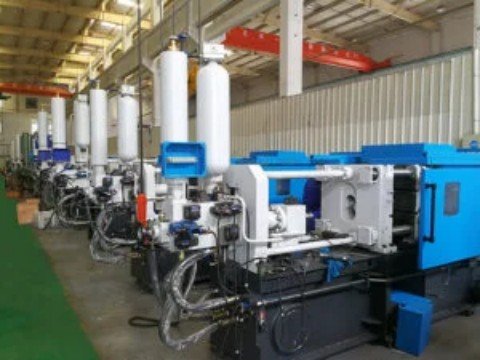The Crucible Selection Guide offers vital advice on picking the appropriate crucible, which is key to maintaining efficiency and ensuring high – quality results in die – casting processes.
In the die – casting industry, the choice of crucible is a critical factor that can significantly influence the efficiency and quality of the casting process.
A properly selected crucible ensures smooth metal flow, reduces the risk of metal contamination, and enhances the longevity of the equipment.
This article will serve as a detailed guide for selecting the right crucible to ensure optimal performance in die – casting operations.
It will cover key considerations such as material compatibility, thermal conductivity, and maintenance requirements to help manufacturers make informed decisions and achieve high – quality results.

Material of the Crucible
The material of the crucible is crucial as it must withstand high temperatures and resist corrosion from molten metals. Common materials include:
- Graphite: Known for its excellent thermal conductivity and resistance to thermal shock, graphite crucibles are ideal for holding high-temperature metals like aluminum and magnesium.
- Ceramic: Ceramic crucibles offer good resistance to chemical attack and are suitable for a variety of metals. They are also lighter than graphite crucibles, which can be advantageous in certain applications.
- Cast Iron: Cast iron crucibles are durable and can handle a wide range of temperatures. They are often used for metals with lower melting points, such as zinc.

Capacity and Size
The capacity and size of the crucible should match the production requirements. A crucible that is too small may not hold enough molten metal, leading to frequent refilling and potential production delays. Conversely, a crucible that is too large can be inefficient and consume more energy.
It is important to consider the volume of molten metal needed per cycle and select a crucible that can accommodate this amount efficiently.
Shape and Design
The shape and design of the crucible can affect the flow of molten metal and the overall efficiency of the die casting process.
Common shapes include cylindrical and conical designs. The design should facilitate easy pouring and minimize the risk of splashing or spillage.
Additionally, the crucible should fit well with the die casting machine’s injection system to ensure smooth operation.

Compatibility with Die Casting Machine
The crucible needs to be compatible with the specific die casting machine. This means it should fit properly into the machine’s holding mechanism and be easy to load and unload.
HAICHEN designs its die casting machines to accommodate various crucible sizes and types, offering flexibility and ease of use for different production needs.
Safety and Maintenance
Safety is paramount when handling molten metals. Crucibles should be regularly inspected for cracks or damage, as these can lead to leaks and potential hazards.
Proper maintenance, such as cleaning and occasional replacement, ensures the crucible remains in optimal condition and prolongs its lifespan.
HAICHEN recommends following the manufacturer’s guidelines for maintenance and inspection to ensure safe and efficient operation.
HAICHEN: Your Partner in Die Casting Excellence
At HAICHEN, we are committed to providing high-quality die casting machines and components, including a wide range of crucibles designed to meet diverse production needs.
Our experienced team can assist you in selecting the right crucible for your specific application, ensuring optimal performance and reliability.
With HAICHEN, you can trust that your die casting operations will be supported by the best equipment and expertise in the industry.

Selecting the right crucible for die casting is essential for achieving high-quality castings and efficient production. By considering factors such as material, capacity, shape, compatibility with the die casting machine, and safety, you can make an informed decision that will enhance your die casting process.



